This Sensor 2.2 inch in Pakistan is a simple flex sensor 2.2″ in length. As the sensor is flexed, the resistance across the sensor increases. Patented technology by Spectra Symbol – they claim these sensors were used in the original Nintendo Power Glove. I love the Nintendo Power Glove. The resistance of the bend sensor changes when the metal pads are on the outside of the bend (the text on inside of end) Connector is 0.1″ spaced and breadboard friendly. Check the datasheet for full specifications.
Note: Please refrain from flexing or straining this sensor at the base. The usable range of the sensor can be flexed without a problem, but care should be taken to minimize flexing outside of the usable range. For best results, securely mount the base and bottom portion and only allow the actual flex sensor to flex.
Pick up from the RadioGear Store
Inside Dhaka Metro
Outside Dhaka metro
Outside Dhaka
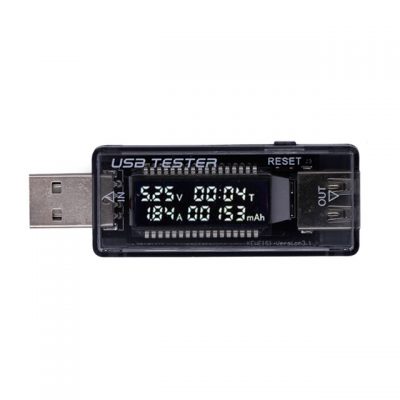

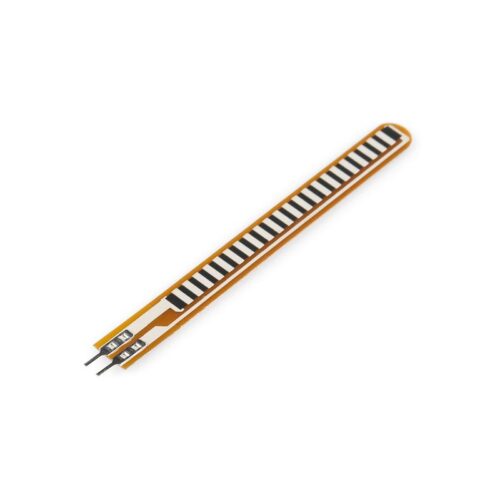

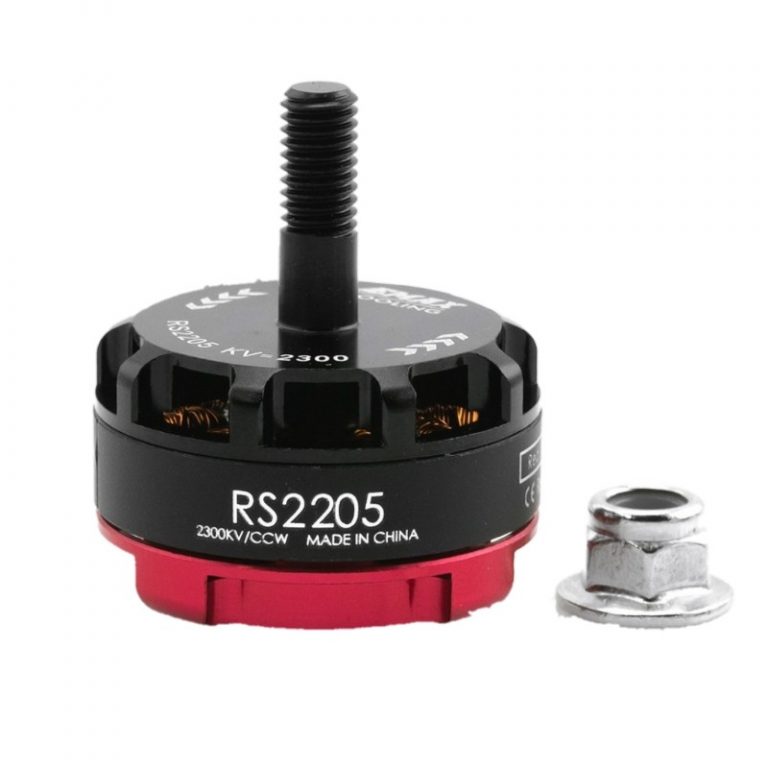
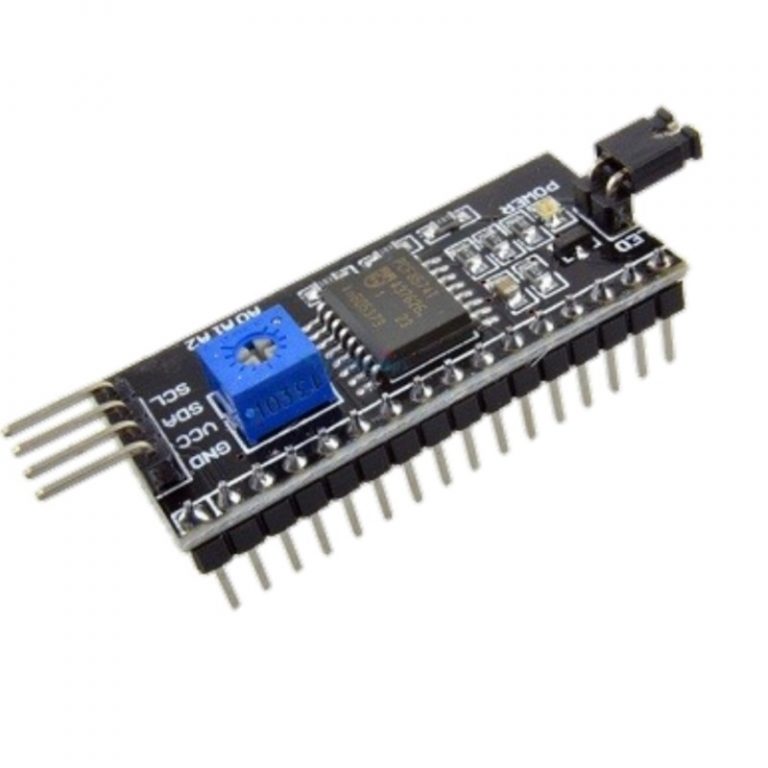
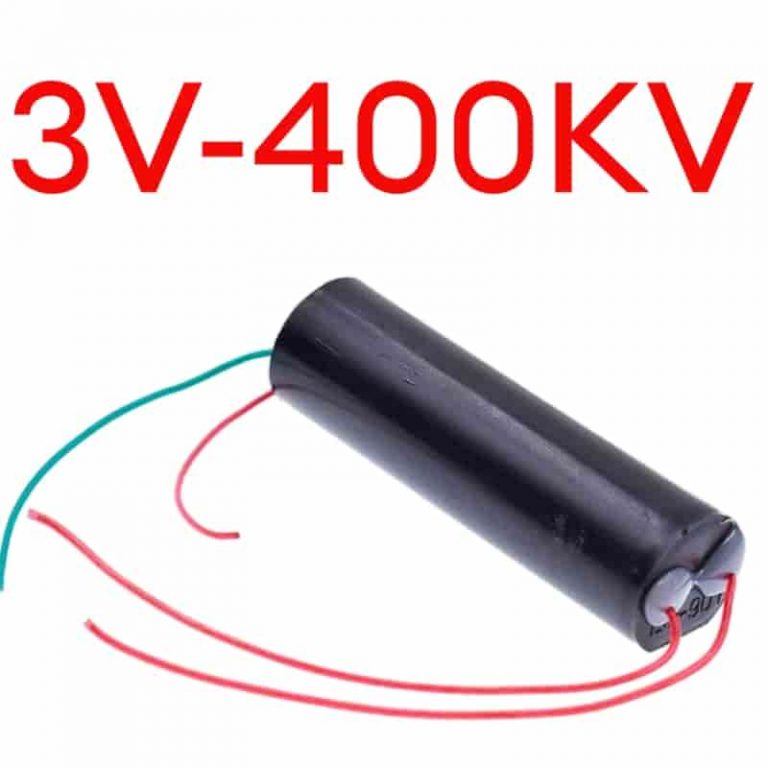
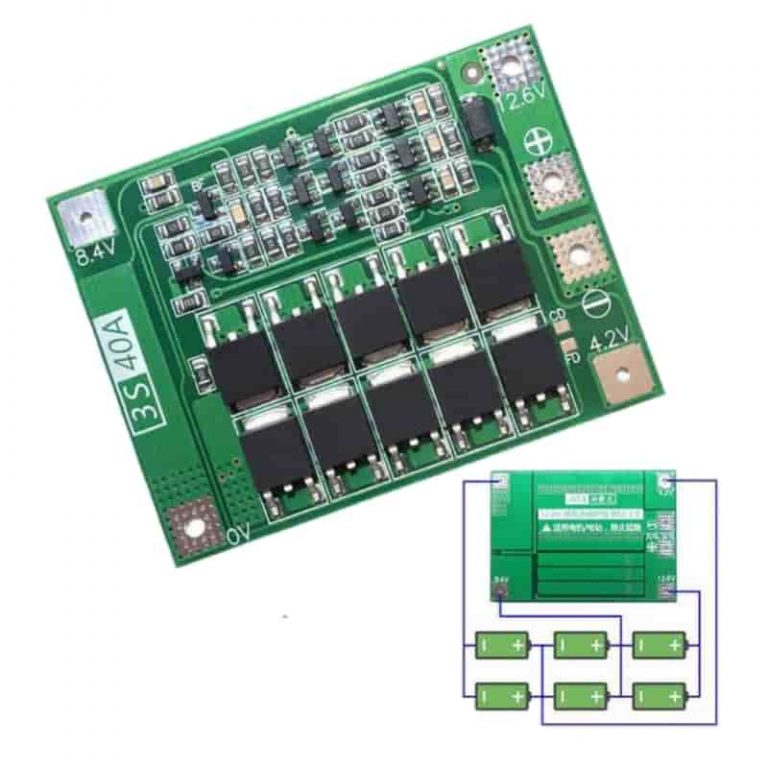
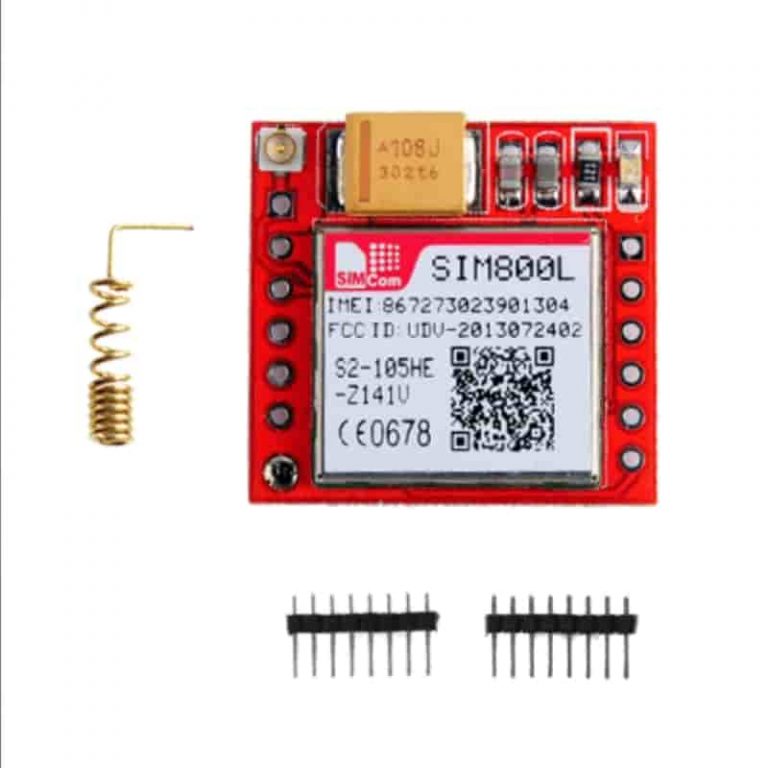
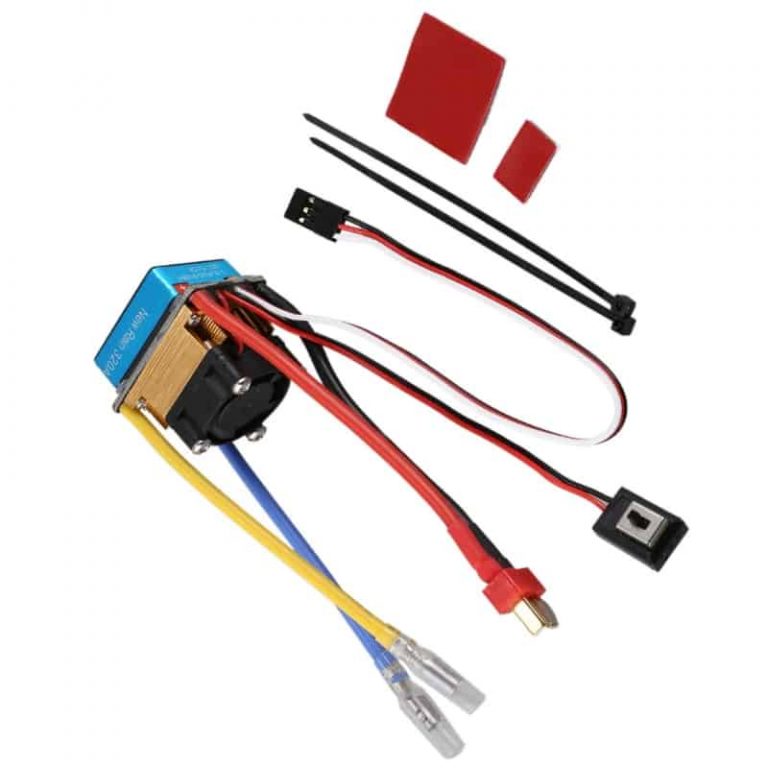
Reviews
Clear filtersThere are no reviews yet.